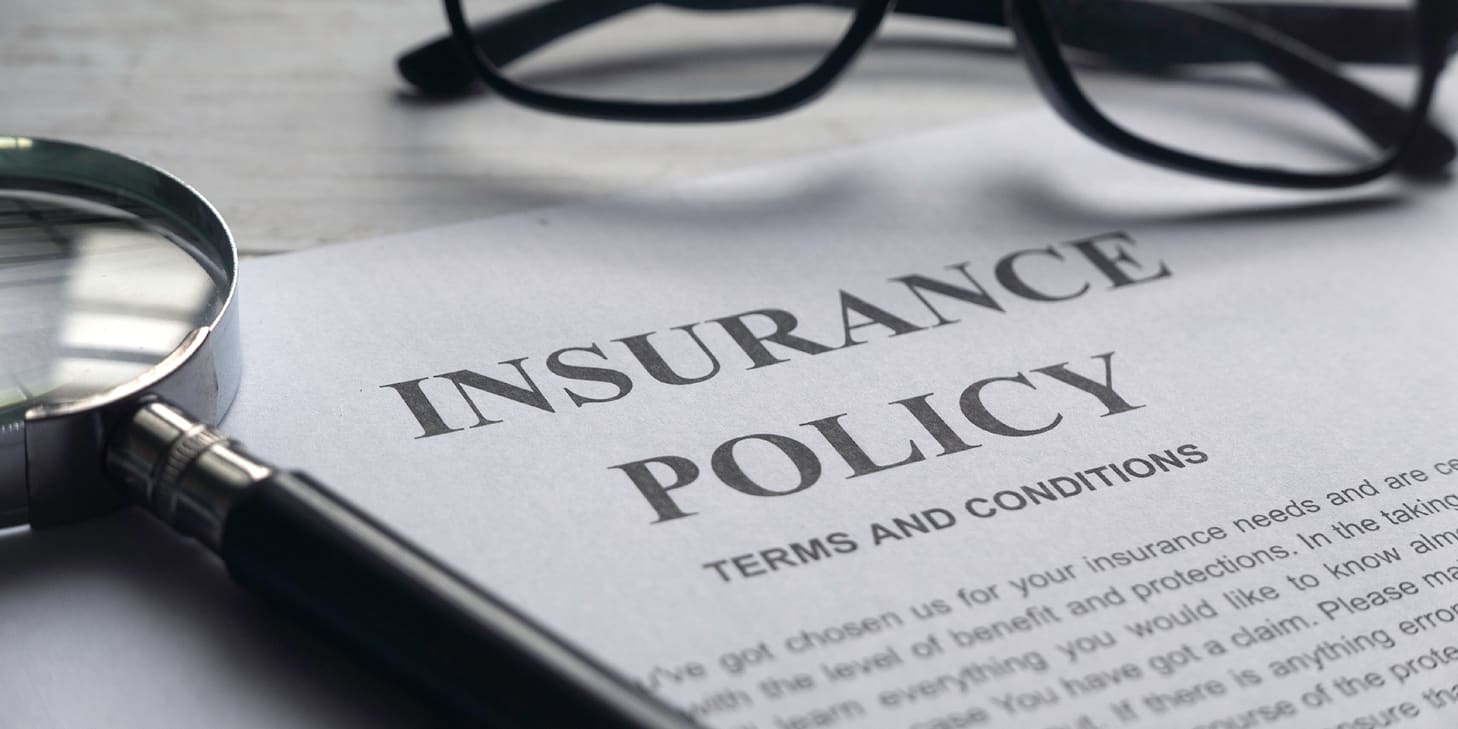8 Ways to Maximize Your HOA Insurance Coverage

As a board member, you know homeowners’ association (HOA) insurance is a necessity. However, you also need to understand the nuances of your policy and whether you’re getting the best rate. With insurance premiums on the rise, the higher cost can increase HOA assessments substantially if you’re not careful.
To protect your community and keep rates affordable, Jeremy Day, senior sales executive for Associations Insurance Agency, Inc., shares insider tips to maximize your HOA insurance coverage.
What Is HOA Insurance?
Like other types of insurance policies, HOA insurance or condo association insurance serves as a safety net should something go wrong on community property. The purpose of HOA insurance coverage, which is also referred to as the “master policy,” is to protect the association from liability if there’s an accident, injury, or damage in shared spaces.
Your HOA’s governing documents should have details on HOA insurance requirements, including the minimum coverage for the association. However, it’s essential to consider the needs of your community when looking for the appropriate insurance coverage.
How to Get the Best HOA Insurance Coverage
Luckily, there are ways to get the best HOA insurance coverage—even in a high-priced market. Here’s how.
1. Know Your Rate
While there are many homeowners’ association insurance coverage types, not all are seeing equal rate increases. Crime and fidelity and directors and officers (D&O) policies haven’t gone up nearly as much as HOA property insurance. To learn if you’re paying a fair price for HOA property insurance, calculate the rate.
To do this, take your property insurance premium and divide that by your total property coverage amount. This will give you a decimal that you multiply by 100. The final number will give you your property rate, which is read in cents. With your rate, you can compare what you’re paying to what other nearby communities are paying.
2. Consider Your Area
Once you know your property rate, you can determine whether it’s reasonable by looking at the average rates in your area. Because insurance rates vary around the country, you must consider where your association is located.
For example, $0.50 may be an excellent rate in Texas, but property rates are typically below $0.20 in Georgia. Knowing what other local communities are paying will help you gauge your own rate and shop around for a better HOA insurance quote.
3. Understand Your Coverages and Deductibles
Although your governing documents will outline specific HOA insurance requirements, there are five main policies that every community should consider:
- HOA property
- General liability
- Directors and officers (D&O)
- Crime and fidelity
- Umbrella
At the very least, communities should carry property, general liability, and D&O coverage. However, you may have all five or additional policies to adequately protect your association.
Knowing your HOA’s coverages and deductibles is key to understanding your insurance premium. In general, higher deductibles mean lower rates. Ask your insurance carrier about higher deductibles and deductible buy-down policies to see how that might affect your rate. A deductible buy-down policy reduces the amount you pay in a claim by lowering your deductible, but you usually pay an additional premium to the insurance company for a buy-down policy. You may have the option to lower your premium by adjusting your deductible.

4. Inform Owners About Personal Lines Coverage
Rather than purchasing a wind/hail buy-down policy to lower a deductible you may not even use, some associations are turning to owners to carry loss assessment coverage on their personal policies. This affordable coverage can help pay a high deductible if something happens in the community.
Here’s an example of how loss assessment coverage works:
- A windstorm damages the community clubhouse. However, the HOA hasn’t met the insurance deductible, so expenses still need to be covered.
- The association levies a special assessment to pay the deductible.
- Homeowners who carry loss assessment coverage file a claim with their own policies to cover the special assessment.
- The homeowner or condo insurance pays for the special assessments rather than out of the owners’ pockets.
The good news is that many policies already have this type of coverage. You could pay as little as $20 annually for $10,000 of coverage on your HO3 homeowner or HO6 condo insurance policy. Make sure you let association members know about personal lines coverage and how it can benefit the community.
5. Verify Your Community’s Information Is Correct on Your Policy
If your association has had the same insurance agent for years, you might assume they know your community inside and out. However, you’re responsible for updating your HOA’s information and verifying the details in your insurance policy.
For example, you may have added a playground or updated the clubhouse roof last year. If your policy is set to automatically renew, you may not have the right coverage for these community amenities. Review your policy and provide accurate updates to ensure the association is properly insured.
6. Seek Bids Each Year
Unlike credit scores, it doesn’t hurt your association to seek insurance bids every year. Shopping for the best HOA insurance quote is a good way to determine if you’re getting a competitive rate for your community’s needs.
However, most commercial insurance agents will only release one quote from one carrier. Speak with a few agents or an insurance broker who can quote multiple carriers simultaneously. This will make it easier to compare coverage options when looking for affordable rates. Just confirm that the agent specializes in HOA commercial insurance to get the correct type of policy for your association.
7. Consider the Quality of Coverage
When it comes to HOA insurance, price isn’t the only factor that should be considered. There are plenty of inexpensive options that might look great on paper, but your community could face:
- Very high deductibles
- Low insurable values
- Inadequate overall coverage
- More out-of-pocket expenses
- Poor communication or support from your agent
Evaluate the quality of your coverage when assessing your insurance premium. While it might not be the cheapest policy, you may still get the most bang for your buck.
8. Be Involved and Start Early
Lastly, keep up with your insurance needs and get ahead of any policy changes to help maximize your coverage. About 120 days before your policy is set to renew, review your coverage, speak with your agent, and shop for different options. You may find ways to keep your insurance premium relatively low, even when rates continue to rise.
HOA Insurance FAQs for Beginners
We know HOA insurance can be a little overwhelming for board members, and you likely have questions. Why do you need HOA insurance? What does HOA insurance cover? How do you find the right HOA insurance coverage for your community? We have answers!
Check out our ebook, “HOA Insurance FAQs for Beginners,” for an easy-to-understand guide on homeowners’ association insurance coverage.